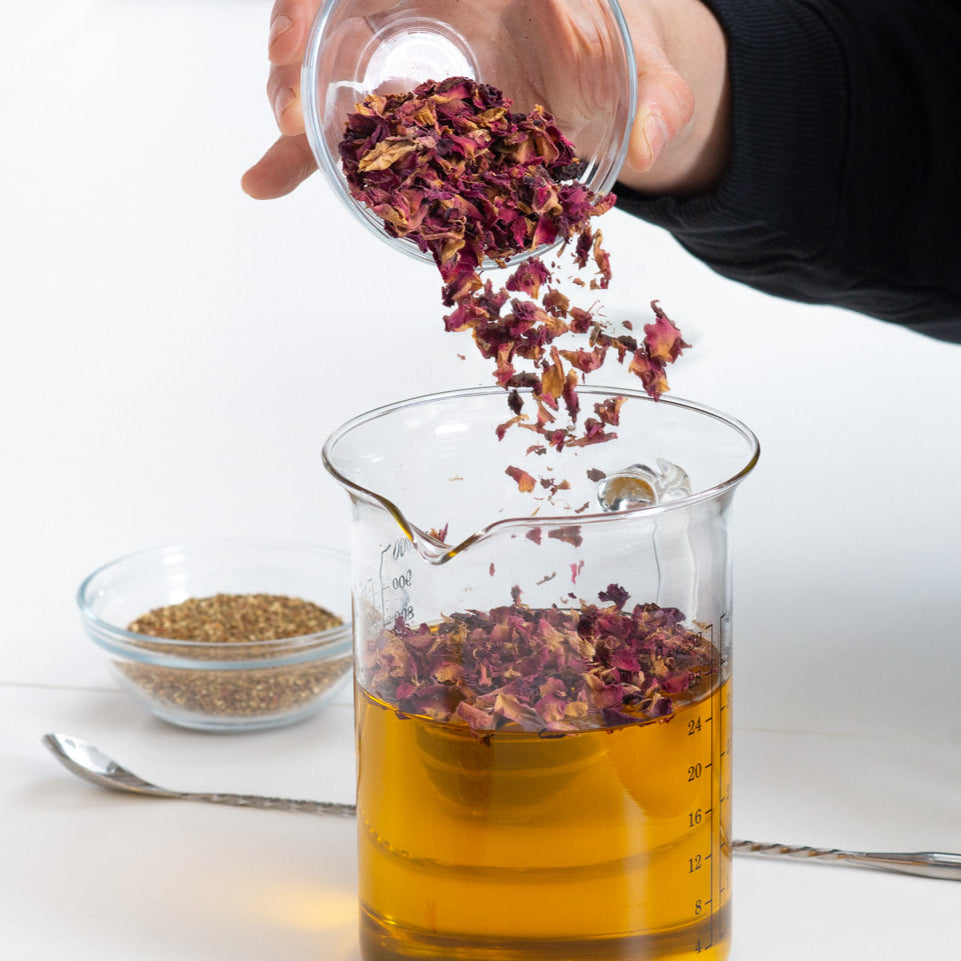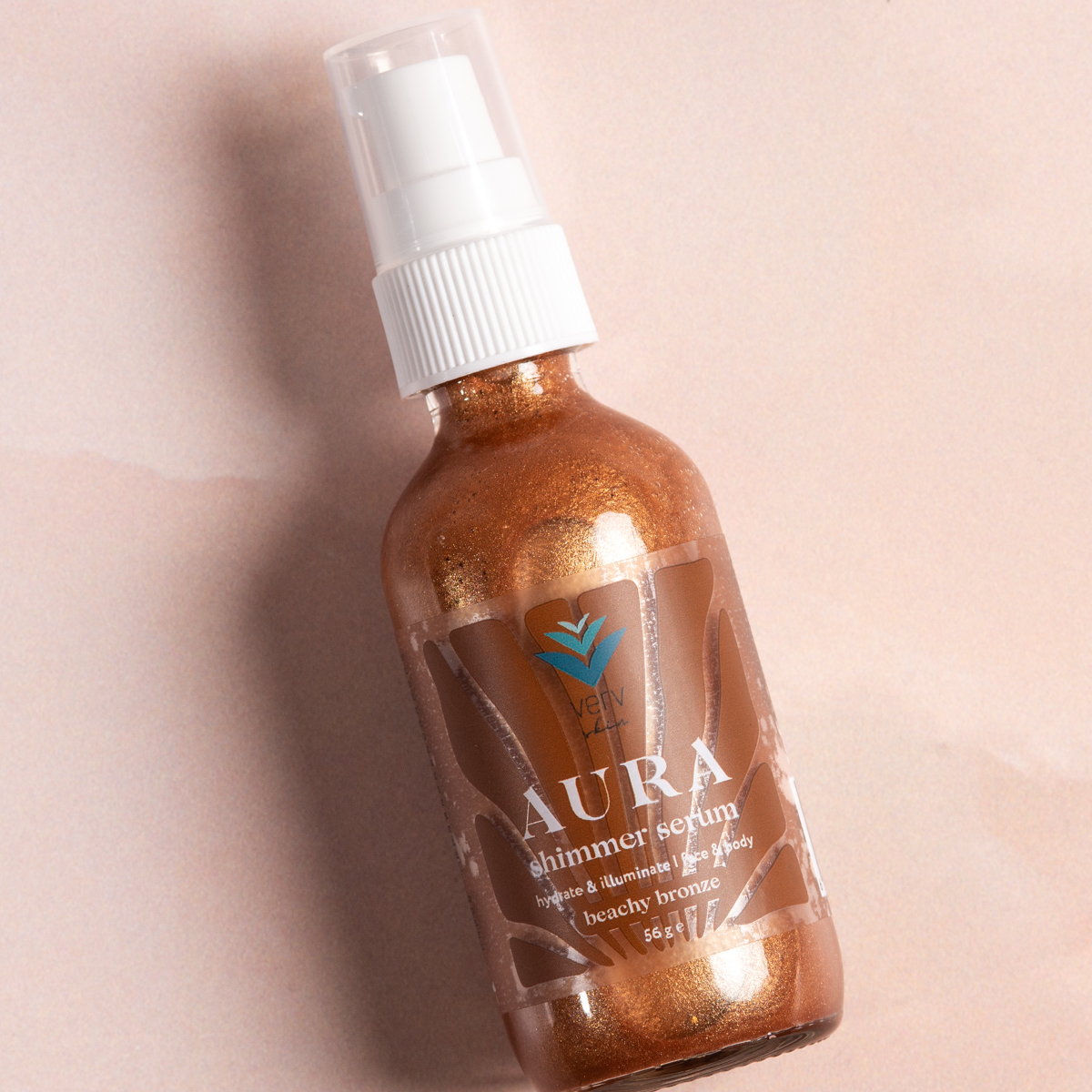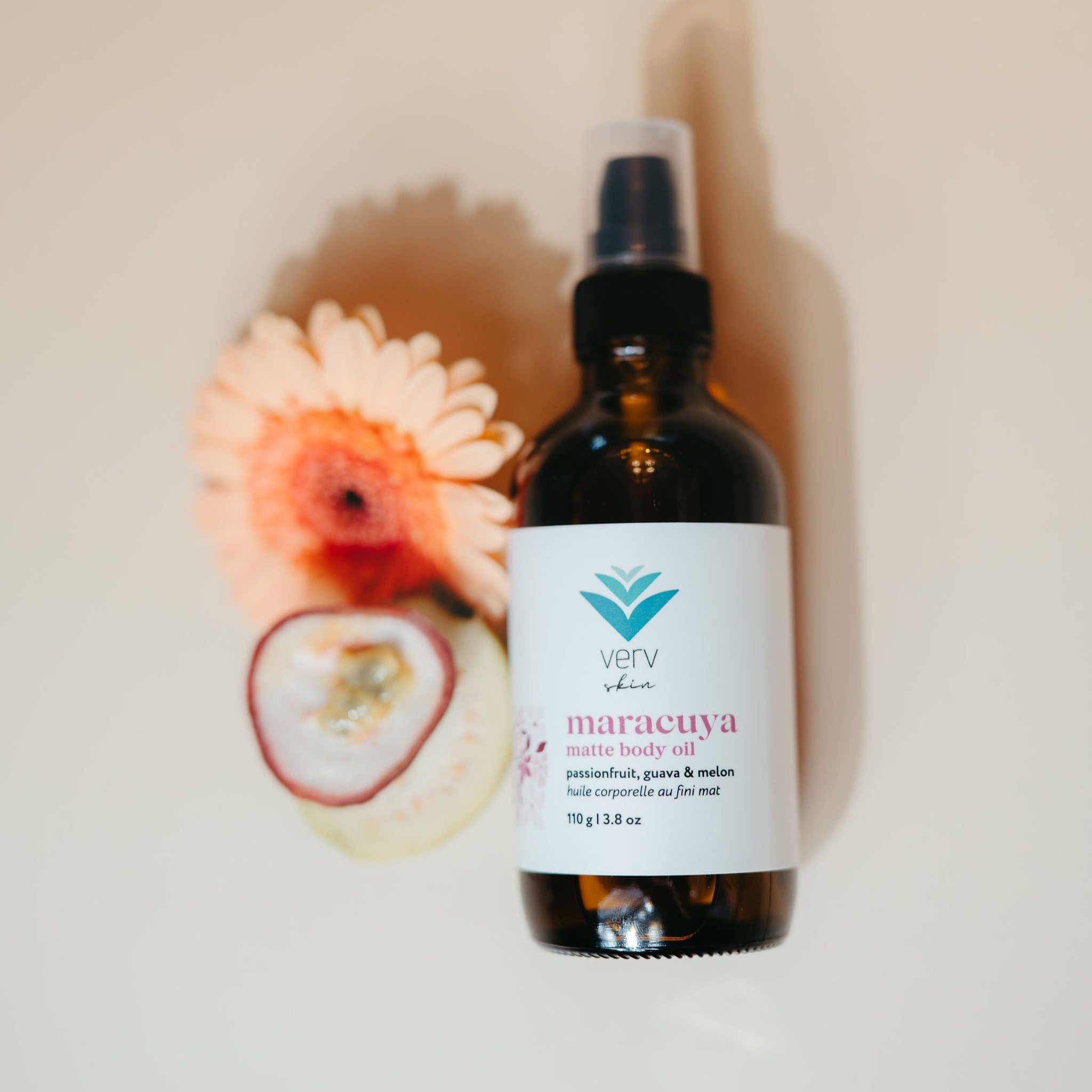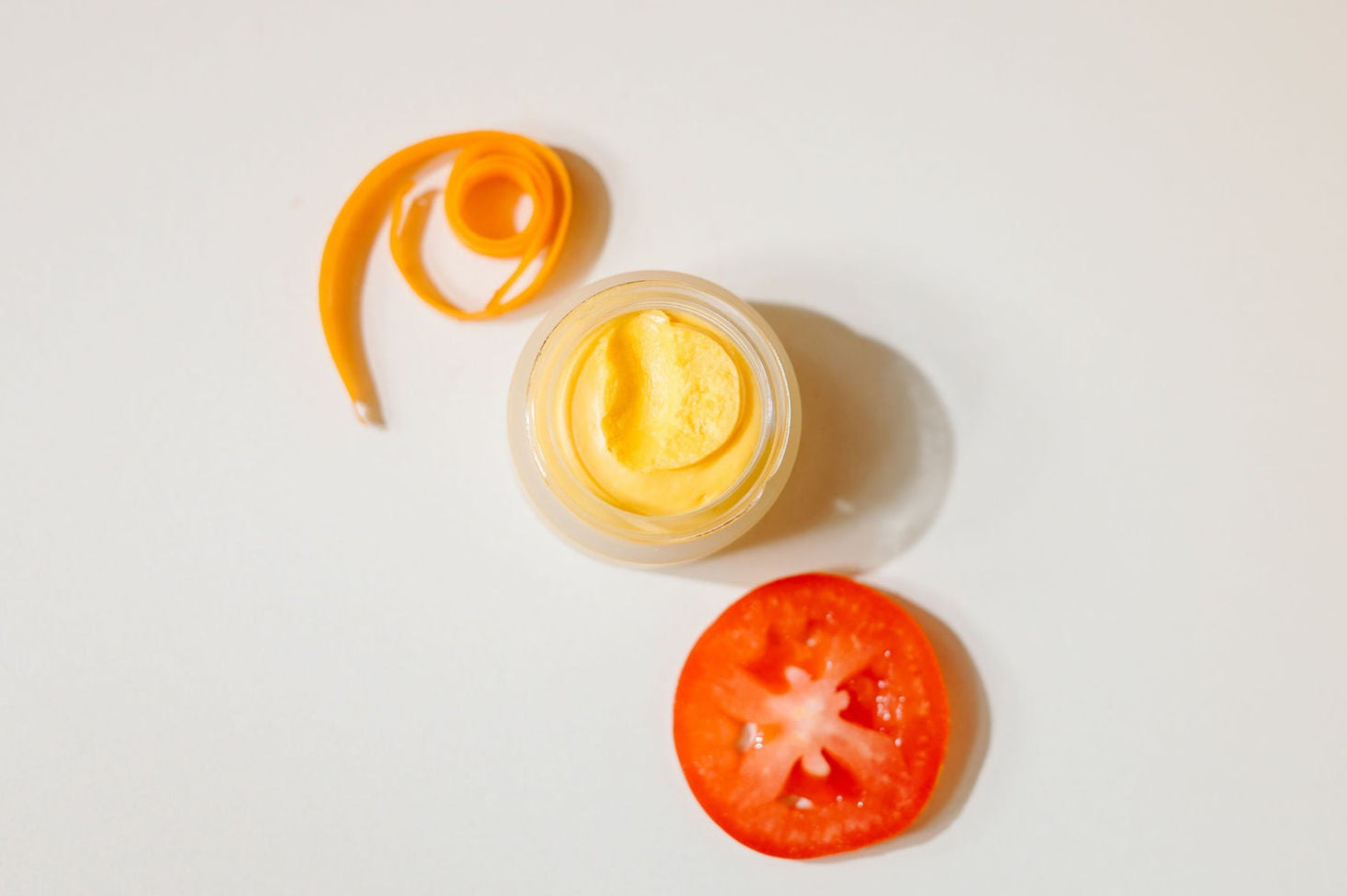Your lips do so much for you, and get so little in return! These oft forgotten spots need different care than the skin on our face. Let’s explore these little bits of skin we don’t think about often and learn how we can take care of them.
It all starts with skin barrier
The outermost layer of the epidermis is called the stratum corneum. This is the barrier you’ll often hear folks referring to and it does an important job. This outer layer protects unwanted materials from entering and excessive loss of water from exiting the body through evaporation. The stratum corneum is composed of dead skin cells. Let’s think of these like the bricks in the barrier wall.
The barrier wall also needs mortar to hold the bricks together. Water, keratin and lipids (fats) are the mortar that keeps the barrier strong and in tact. It also happens to be slightly acidic (4.5-5.5) which helps to keep bacteria at bay.
Ever wondered why lips have a more saturated, pinkish colour?
A thin barrier is the reason! Blood vessels are more apparent so the lips appear more red in colour. The skin on your lips is around 3-5 cell layers thick while the rest of the face is approximately 15-16 cell layers thick.
Additionally lips don’t contain sebaceous oil glands which generate sebum (oil) that protects and coats the skin. Sebum is composed of squalene, fatty acids and wax esters and it works to keep the skin supple and to prevent water from evaporating into the atmosphere.
So, less protective oils + a thinner barrier = a much greater chance for dryness and irritation on the lips than elsewhere.
Why do my lips get SO dry in the winter?
In short, low humidity in combination with the thin barrier previously mentioned. Cold air is drier. Also, in the winter we are exposed to artificially-heated air which too, has low humidity. This draws water out of our poor lips causing them to get dry, flaky and sometimes painful! General dehydration in the body from not drinking enough water can also contribute to tight, dry lips.
Have you noticed that you can apply lip balm 20 times a day and your lips still don’t feel hydrated? Here’s there reason: lip balm contains protective oils and waxes that do a great job of sealing or locking in moisture in the lips. BUT lip balm doesn’t boost hydration because it doesn’t contain water. If the lips are already dehydrated, lip balm will not fix the issue but simply prevent it from getting worse.
How can I make my lips more hydrated in the winter?
1. Try applying a very gentle, rich cream, lotion or lip mask that contains water
Put it on thick and give it 10-15 minutes to absorb. You’ll want to avoid irritating ingredients like fragrance and synthetic colour which may cause irritation. Hydration-focused serums might work too if they’re gentle. Look for aqua (water) and humectants like glycerine, sodium lactate or hyaluronic acid for their water-trapping benefits in ingredients lists.
We recommend our unscented Calendula Oat Face Lotion or Oats & Honey hand lotion for this purpose
2. Use a lip balm to trap moisture in the lips once they’re sufficiently hydrated
Apply lip balm regularly especially when going out in cold and windy conditions. Lips are also at greater risk of sunburn, so consider a lip balm with SPF or wearing at hat if you plan to be in the sun
Look for lip balms that contain plant butters like shea, cocoa or mango and liquid plant oils to soften and moisturize like almond, apricot, sunflower, avocado oils. Beeswax, sunflower or candellila wax are beneficial occlusives that form a protective seal on the skin.
Think of lip balm as your dryness prevention strategy. It’s like adding a thicker layer of skin to the lips all winter long to prevent them from drying out.
We think you’ll love our lip balms with real fruit seed oils and super moisturizing babassu and cupuacu butters packaged in eco-friendly paper tubes
3. Use a lip scrub on occasion to remove flaky skin
Lips scrubs are great for helping shed flaky bits that are holding on for dear life. But it is possible to overdo it. Remember the skin barrier on our lips is very thin. Physical exfoliants like sugar can break down both the dead cells but also healthy in-tact ones (and we need those!)
You’ll absolutely love our juicy and moisturizing lip scrubs but use them only as needed when you notice little flaky patches on the lips (and no more than once a week!)
After using a lip scrub, circle back to our first or second tip, make sure to apply something hydrating or moisturizing (or both) immediately to soften and protect your pretty puckers!






